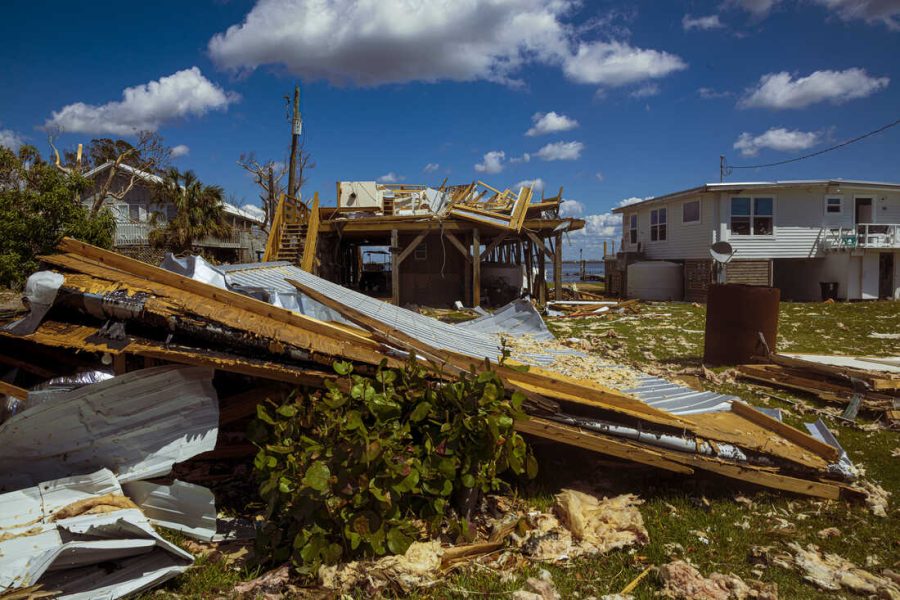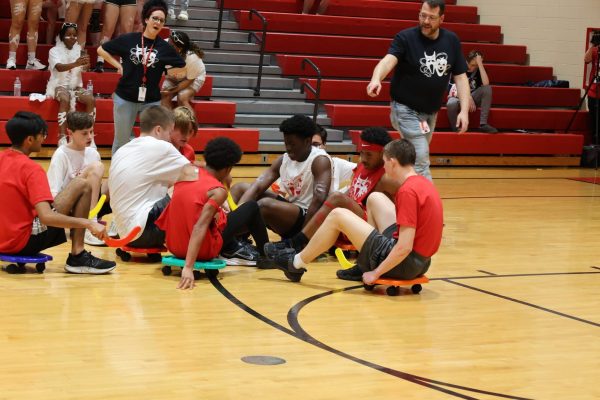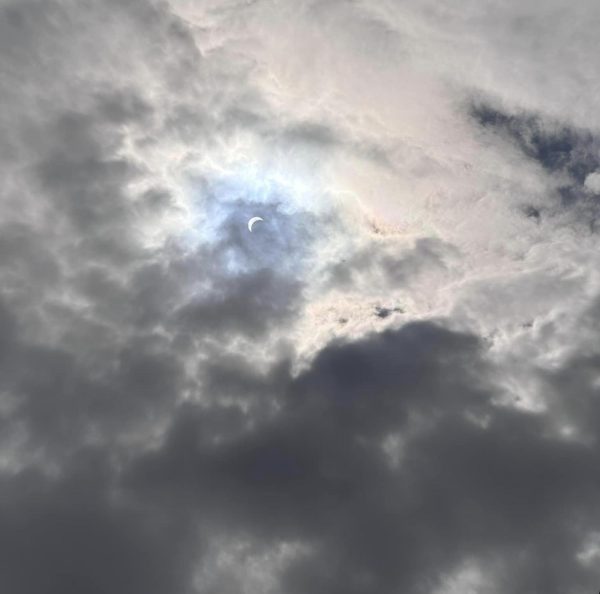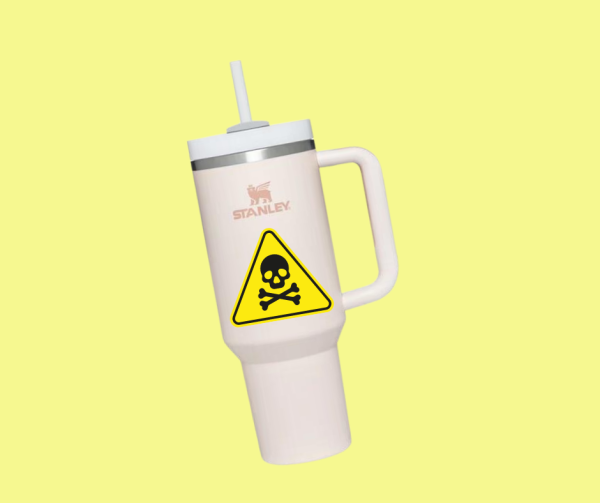Hurricane Ian leaves lasting damage in the south
Despite the fact that the hurricane landed almost a month ago, the damage has far-reaching health and safety consequences
Photo courtesy of NPR (via Saul Martinez)
Homes damaged during Hurricane Ian in Gasparilla Island, Florida
October 23, 2022
Hurricane Ian devastated the southern and central areas of Florida, causing mass flooding and emergency evacuation plans, in areas that the hurricane heavily affected beginning on September 28.
Florida citizens were warned to stay out of flooded areas and stay far away from all bodies of water. The state’s location is the prime hot spot for hurricanes throughout the year, which typically does not come as a shock to the people who reside there. Unexpectedly, Hurricane Ian brought more than was anticipated.
The aftermath began as soon as Hurricane Ian eventually dissolved into heavy rain and reached the Atlantic area on September 30 and started to form enlarged regions of storms and winds. Southern states sharing the Atlantic coast were also affected by flooding caused by the hurricane since most water levels had risen from beaches, bays, and other water locations.
When the hurricane began to head towards Atlantic cities, including Myrtle Beach and Charleston, there was heavy rainfall, being described as having “topped a foot in numerous communities in central Florida, with some seeing as much as 2 feet,” according to ABC’s Eyewitness News: “Flooding remains a risk as Ian moves north, with up to 12 inches forecast from Charleston to the North Carolina border.”
Social media platforms including TikTok helped document the flooding in some of these states but also contributed to the severity of the storm being downplayed.
“I heard about [the hurricane] on TikTok,” freshman La’el Yates said. “I scrolled past the video after I had saw it.”
Although social media has had negative effects on the perception of the hurricane, it has also played a role in spreading awareness about how the storm impacted southern states and their residents. But not only freshmen had heard about it.
Mathematics teacher Ms. Brooks also commented about Ian.
“My brother’s in Jacksonville [and] his house survived with minimal damage, [but] my parents have a house [located near there], that house was damaged quite a bit,” Ms. Brooks said, which she said she had learned through social media and news outlets.
Despite being downplayed on some social media platforms, Hurricane Ian is the second-deadliest storm to hit the U.S. mainland since Hurricane Katrina, which left more than 1,800 people dead, according to The Guardian. Ian currently has a death toll of 127 confirmed so far.
After colliding with the Georgia and South Carolina regions, tropical storm-like rains, weather conditions, and temperatures instantly became a problem, as the majority of what Hurricane Ian brought was destruction.
Mold has an immense impact on Florida residences, becoming overwhelmed with various forms of growth due to the moisture from the hurricane. Continuing their worry, there is a possibility of infection as the storm is a breeding ground for harmful bacteria as well.
Now that Hurricane Ian has dissipated into a tropical storm located in the middle of the Atlantic, those impacted by the storm are left to pick up the pieces and rebuild what they have lost.












Ms. Chapman • Oct 24, 2022 at 2:43 pm
Dylan,
Excellent article! Well written! You make ECS proud!